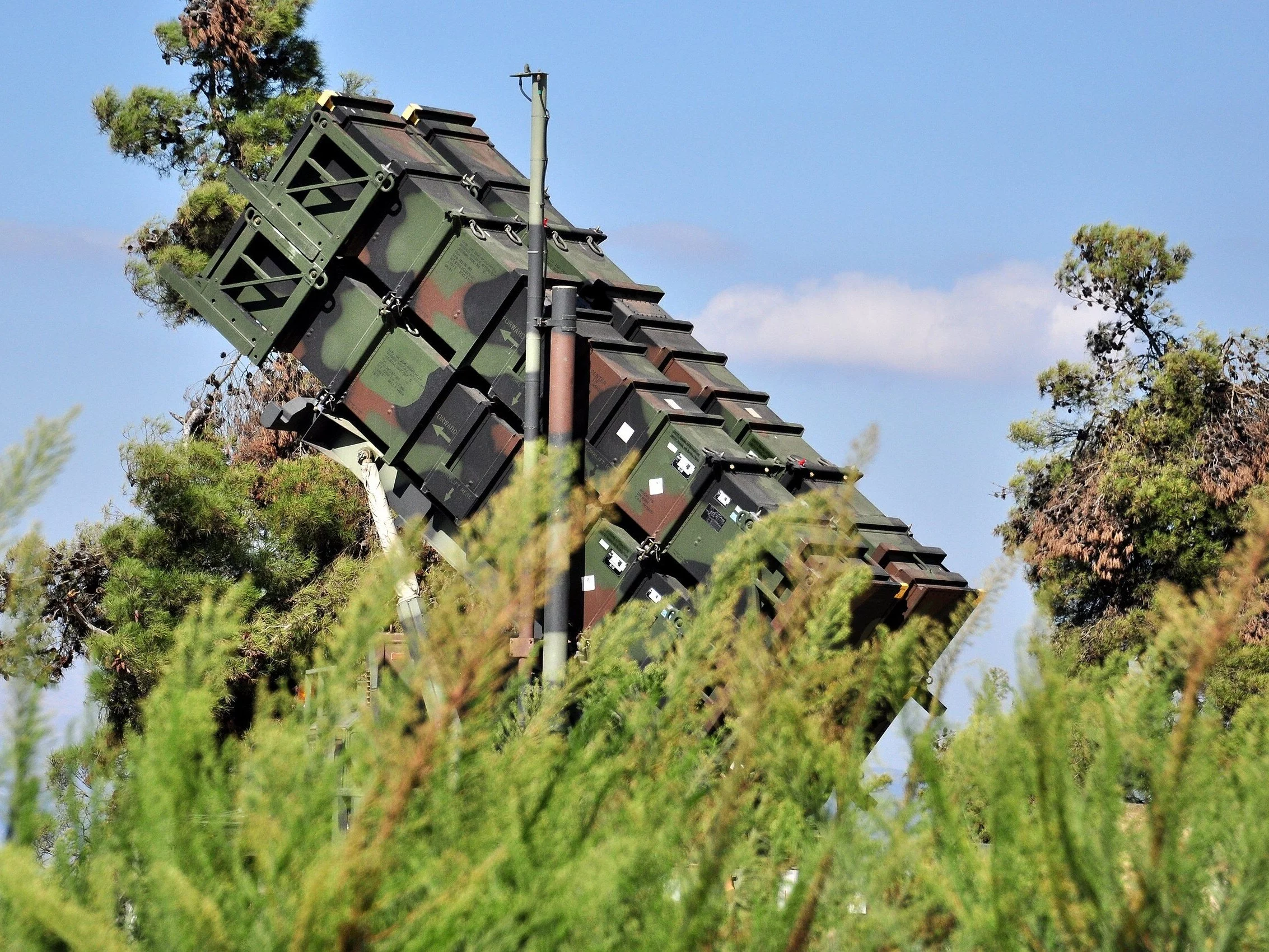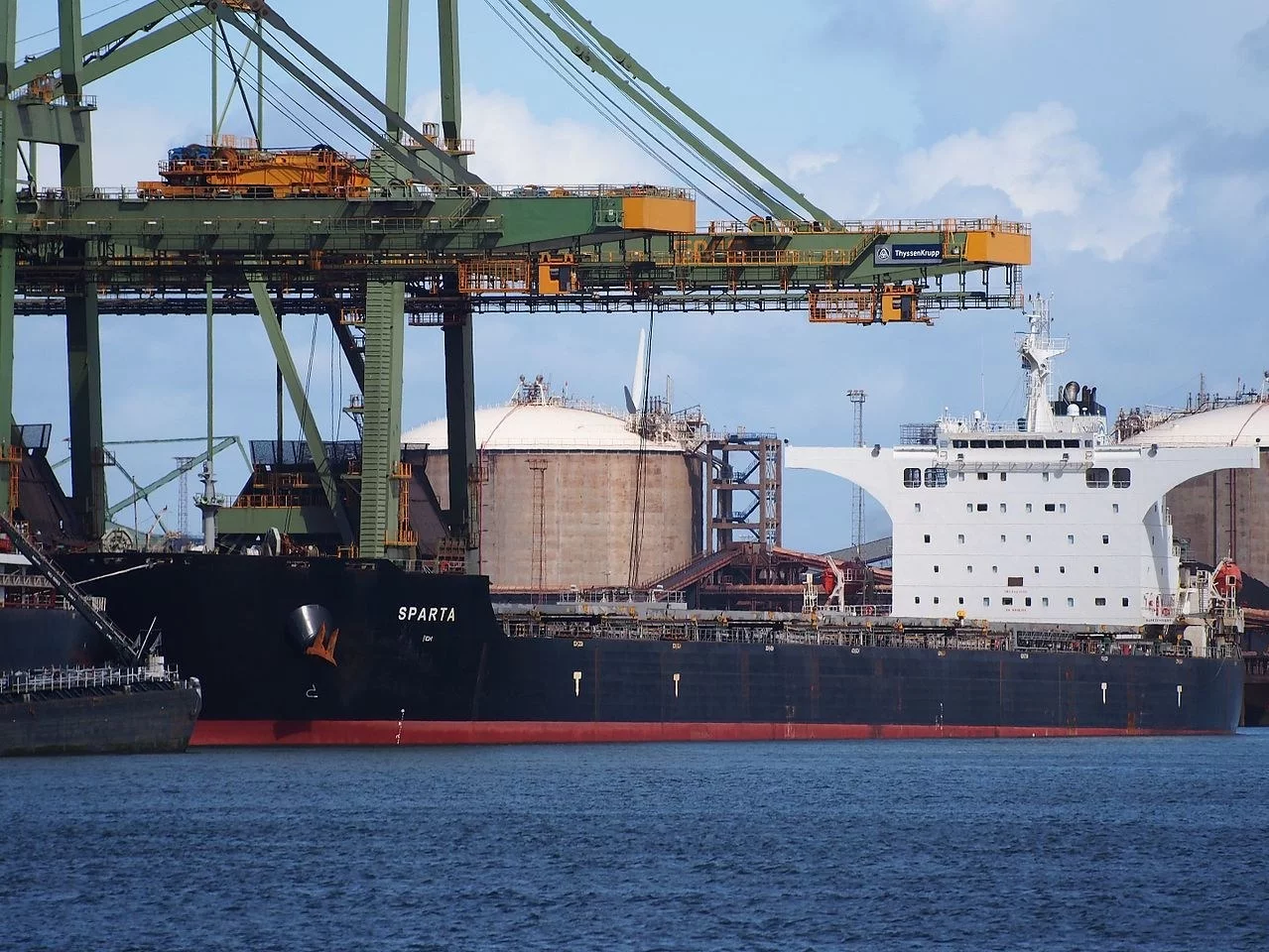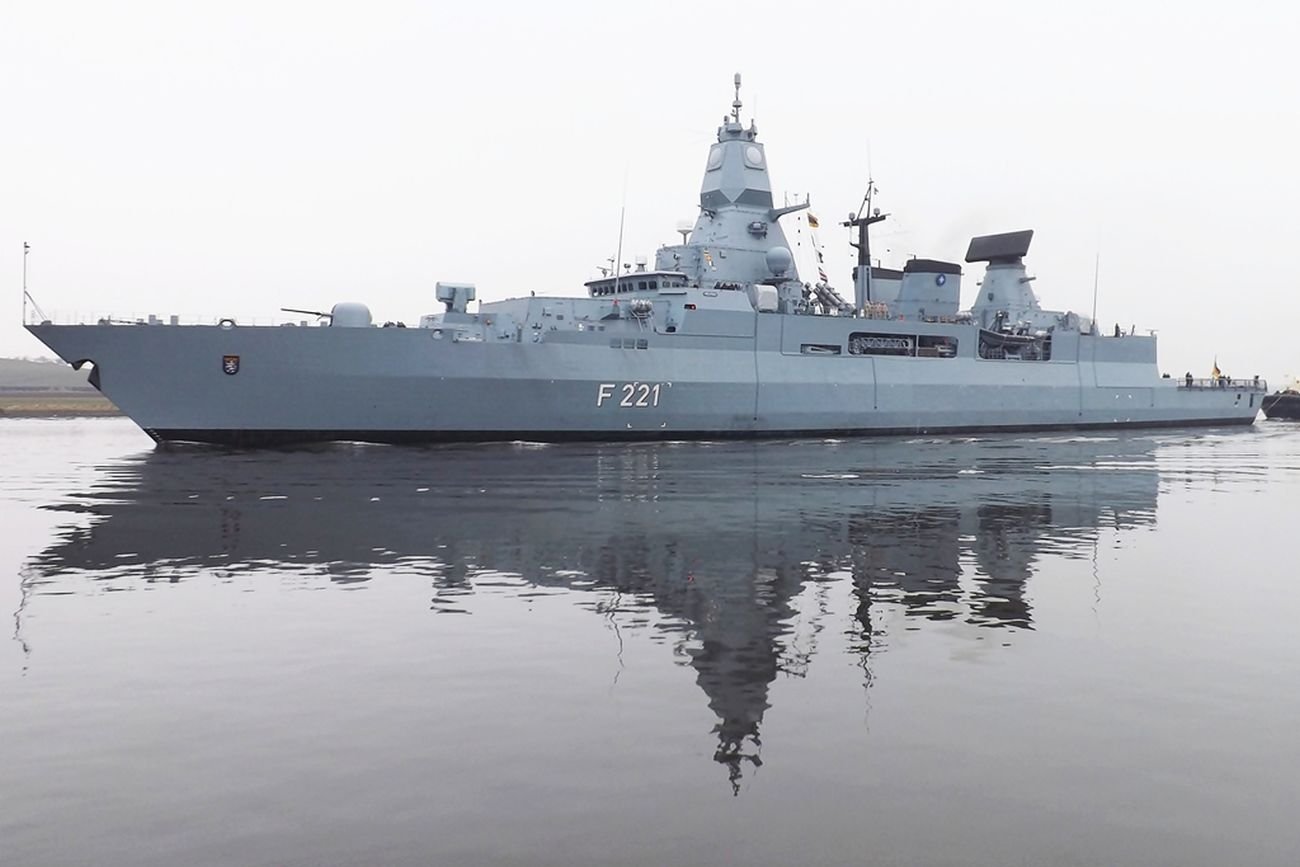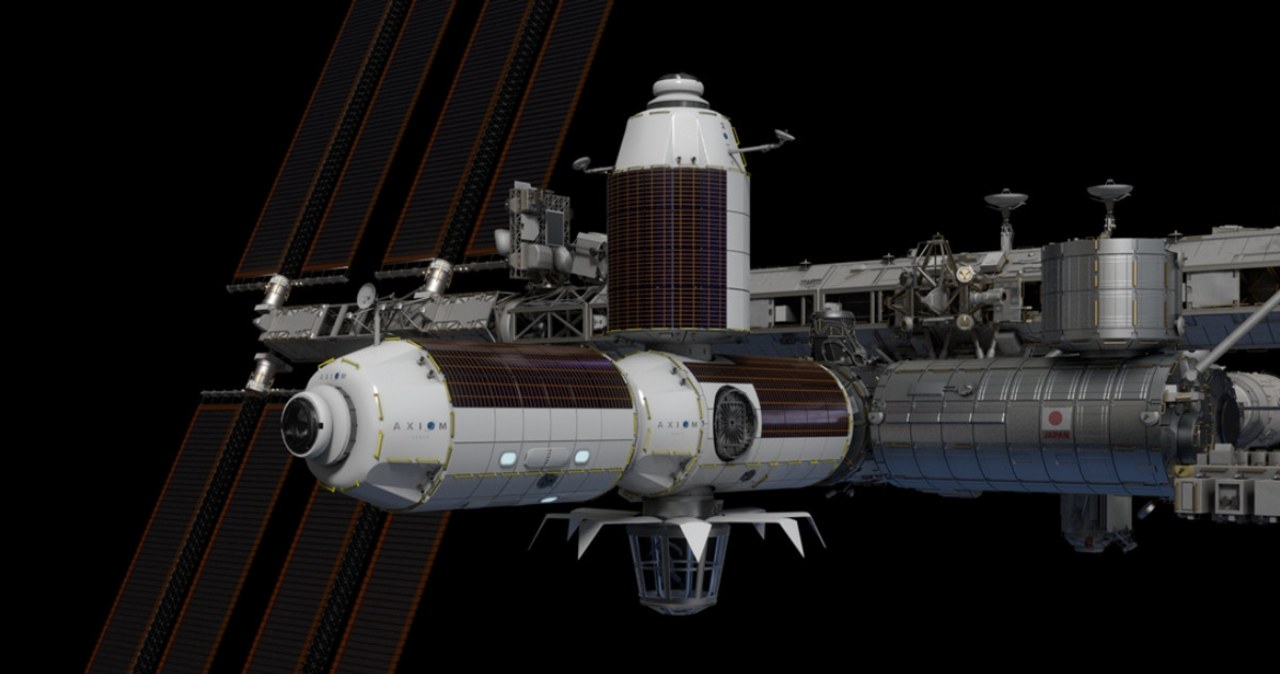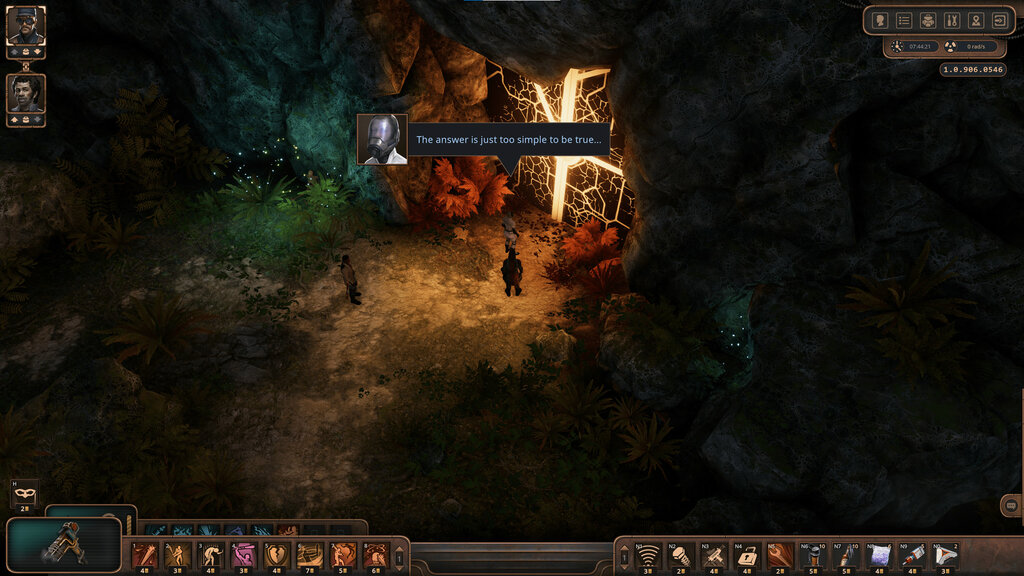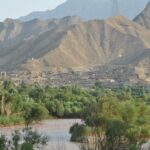
The exercises took place on 9-10 April on the 44-kilometre stretch, on which Russian border guards served until 1 January. Their withdrawal was the consequence of an agreement reached in October 2024 between Nikola Pasynian and Vladimir Putin. Now Agarak's safety checkpoint has been full transferred to the Armenian side.
It is formally a manifestation of sovereignty. However, experts do not regulation out that it is not an initiative of Erwania, but alternatively weakening of Moscow's interests in the South Caucasus.
The border with Iran is short, but strategically crucial for Armenia, especially since borders with Turkey and Azerbaijan stay virtually closed. Under these circumstances, a country, left without its existing support, seeks alternatives. Cooperation with Iran, despite differences in the structure and directions of abroad policy, becomes not so much a choice as a forced measure.
Pressure Partnership
Joint military exercises of Armenia and Iran have become the first public case of the coordination of the armed forces of both countries. Previously, cooperation in the field of defence was limited to delegation visits, exchange of experience and closed consultation.
According to Ehsan Mowahedian, an Iranian expert with whom Armenpress talked, this step paves the way for closer cooperation in the safety sphere. “ Exercise is simply a good start. In future, they may be expanded: within 1 state, with the participation of another troops. Armenia and Iran have common objectives in the region “The expert says.
Exercises took place in the territory of both countries, and each army operated on its side of the border. According to Mowahedian, this emphasizes common respect for territorial integrity and indicates fundamentally peaceful nature of manoeuvres. The expert adds that the exercises were the consequence of long negotiations which began in 2024, but were postponed due to the vacation Nouruz. Date selection is not random: in a increasing context The force on Armenia from her neighbors, including the disinformation run led by the Azerbaijani Ministry of Defence, this step aims to show the political will for stability.
The Mowahedian believes that the exercises are not just military exercises, but a clear political message.
“ Iran shows that it strives for peace and stability, but its “red lines” — the integrity of the Armenian-Iranian border and the safety of Sjunika — stay unchanged. They must be respected by all,” the expert emphasizes.
Strategic security
— Whenever Baku wants to justify his actions or prepares a military provocation, he claims that Armenia allegedly violates the ceasefire. Everyone understands that this is disinformation. That is why specified exercises are crucial — to show that Tehran is serious about defending borders, adds Mowahedian.
It besides rejects the view that the change of power in Iran could influence the course towards the South Caucasus. “These positions are recorded in the defence doctrine of the country. They do not change with governments. Everyone should understand: Iran's border with Armenia is simply a strategical safety issue,” he explains.
General Waliulah Madani, Deputy Commander of Iranian Ground Forces The muslim Revolutionary defender Corps, noted in turn that manoeuvres are taking place in the interests of establishing lasting peace in the region. "The main nonsubjective of joint exercises is to strengthen border security," he said. Border areas between 2 countries are strategically crucial due to their "sensitive location".
The joint exercises between Armenia and Iran took place against the background of another wave of discussions on the alleged "Animania and Iran". Zangezur corridorThe task Baku insists on. Azerbaijan is demanding an undisturbed land road to Nachichewan via the Armenian region of Sjunik. Erevan sees this as an effort to impose extraterritorial transit, threatening sovereignty. Tehran regularly stresses that any border change in the South Caucasus is simply a "red line" for Iran.
Although officially Baku claims that this is only a question of transport availability under the 2020 agreements, Azerbaijan is increasingly utilizing military rhetoric. This is peculiarly evident from the increasing number of reports of border shootings. Only in the first half of April, Azerbaijan's defence ministry reported at least 5 times about the fire from Armenia, while Erevan calls these statements misinformation and “preparing information background to exert pressure”.
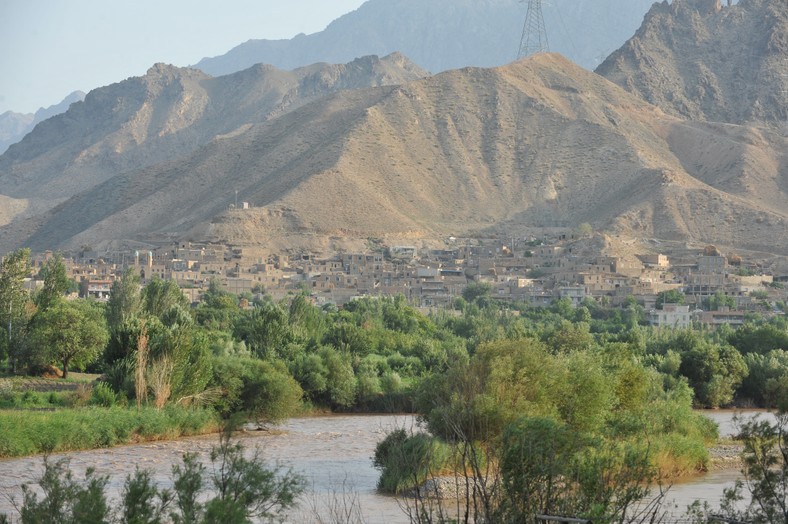 KAREN MINIASIAN / AFP
KAREN MINIASIAN / AFPArmenian-Iran border
Political gesture
Some analysts in Yerevan believe that Baku uses these reports as pressure tool and way of delaying signature peace treaty, which both parties announced on 13 March.
The situation at the border grew rapidly after the parties announced that they had agreed on a project. The events in the years 2022 and 2023 followed about the same scenario, which calls into question the stableness of the full negotiation process.
Tehran's position is besides skeptical: on the 1 hand, Iran declares its commitment to the stableness and territorial integrity of Armenia, on the another hand, it has late conducted joint exercises with Azerbaijan (e.g. manoeuvres in November). Thus Tehran continues It balances between 2 neighborstrying not to engage straight in their confrontation.
Demonstration coordination with Armenia, although on a limited scale, is seen as a signal: Iran is ready to signal its presence in the region. But is he ready to take applicable action? The question remains open.
Common Armenian-Iran exercises are not only tactical maneuvers, but a political motion aimed at respective recipients at the same time. For Baku it is simply a signal about the limits of acceptable pressure, primarily in the context of the Zangezuru issue. This is simply a way for Tehran to remind you of its presence and interests in the South Caucasus.
However, the scale of the exercise is minimal, their military importance conditional, and the format itself (each army in its own territory) speaks more of the desire of the parties to exceed the invisible line than of a full strategical alliance.
So far it is more a symbol than a tool.


